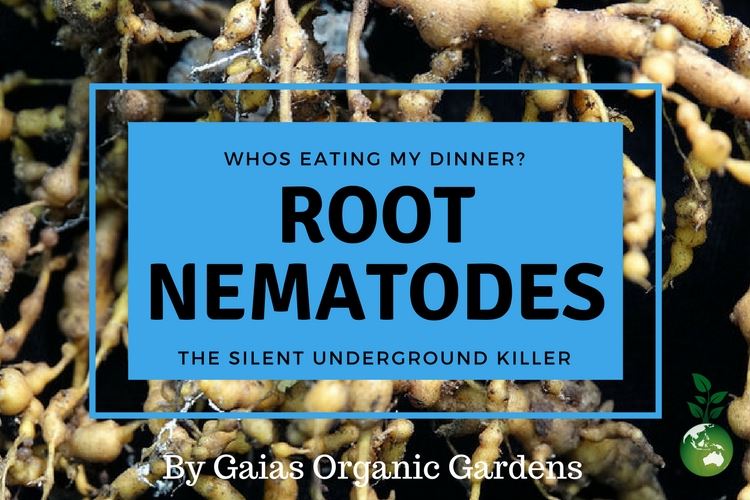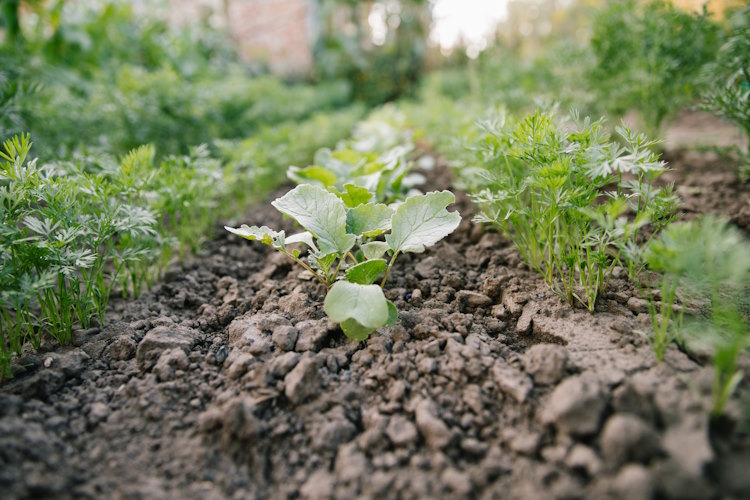Ah, the feeling of planting out a new crop. Maybe it’s some new season veg or still some from last season that just isn’t performing as good as it should be. Maybe there are patches of your lawn that are browning off? You do what you know and check that there is watering still happening, you feed the plants/lawn and yet there is still something not quite right. You get down on all fours and proceed to check over your plants like a physician. Everything seems right that is visble, but what about the unseen? The abstruse…The undetected….The cryptic?
Introducing, the in the red corner…..THE NEMATODE!
Before we start looking at the bad guys, lets remember that there are also good Nematodes which can assist in controlling Fungus Gnats Cut Worms, Fly Larvae, and around 200 other soil dwelling instects and pests. With over 500,000 identified, not all Nematodes are bad.
In fact, only about 5% are bad guys!
Most folk know and understand the usual pest and diseases that lurk within our gardens, but few are wise on the shadowy underground. Plant Parasites!! We all have them in our bodies and it’s no different for your beautiful plants! Just like the worms and paracites in our own bodies, the Root Nematode – feeds off the nutrients pumped out throught plants root systems. They clucter up and form noduals called Galls, this is also where they reproduce.
While it isn’t that easy to see a Nematode attack, some of the early symptoms include:
- Yellowing of the plants and grass and a slow steady decline of overall plant health
- Slowed or demisinshed yeilds
- Tips of leaves and growth nodes fall off very easily
If you suspect that something nefarious sub-surface is going on and are confused on the plants appearance above ground, its time to have a look below ground!
First lets start by selecting the weakest plants and up-rooting them, care should be taken when doing this as not to further spread the Nematode. One of the first things that you should see within the root ball is a cluster of unusual growths. No this is not Nitrogen Fixing Noduals, but in fact the dreaded Nematode.
There are a few options that you can take but there is no QUICK FIX solution.
Especially in the midst of an attack.
The only real viable option is to destroy the host plant, being careful again with the root system as to not spread the Nematodes further. DO NOT SPRAY CHEMICALS!
Prevention is better than cure!!!
But how do we prevent such an invisible, stealthy attack?
Crop Rotation: Do not plant the same crops in the same place. Plant crops not related to one another. This will help prevent Nematoed by disrupting the breeeding cycle and food source, it will also help with control of other plants pest and diseases.
Fallow Crops: If we plant Nematode resistant crops such as Broccoli (Brassica oleracea) Carrots Daucus carota), Onions (Allium cepa) along side others like FRENCH (Tagetes patula) and AFRICAN MARIGOLDS (Tagetes erecta). The natural Namaticides found in the Marigolds kills off the bad guys, leaving only friendlies.
Plant seeds in masses everywhere in the gardens, and turn the mature plants into the soil, again for that Namaticide release.
Green Manure crops are also though to produce compounds that are toxic to Nematodes.
Healthy Soil: By adding Organic Matter such as Compost and Manures, we are exciting the Microbial Bacteria and making a well protected area for all the good guys to roam. Thus making a sort of security guard type scenario. This will also help bring in the Good Nematodes and they will also help for a protective barrier whilst keeping the Earthworms and Beneficial Organisms safe!
Something else to think about is Mollasses!! That’s right old fashioned ***Mollasses drenching.
***Dissolve one litre of molasses in four litres of warm water. Allow it to cool and drench the soil.
Also try purchasing Nematode-Resistant crop varieties.
Practicing and using the above information should see a better season of wonderful fruit and vegetables!!






